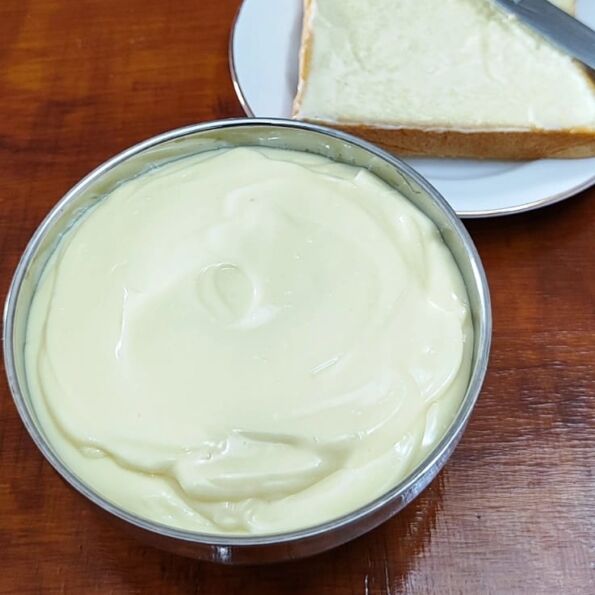
How to Make Mayonnaise

Are you tired of the bland, store-bought mayonnaise that lacks that homemade touch? Say goodbye to the ordinary and embrace the extraordinary by crafting your own creamy, flavorful mayonnaise right in your kitchen! With just a handful of basic ingredients and a little know-how, you can whip up a batch of velvety smooth mayonnaise that will elevate your sandwiches, salads, and dips to new heights.
Making mayonnaise from scratch may seem intimidating at first, but with this simple step-by-step guide, you'll soon discover how easy and rewarding it can be. By using fresh, quality ingredients and following proper techniques, you can create a delicious condiment that far surpasses anything you'll find in a jar at the store. So why settle for ordinary when you can elevate your culinary creations with homemade mayonnaise? Give it a try and taste the difference for yourself!
Join the recipe party and explore dishes that will have you saying, 'Why haven't I tried this before?
The creamy richness of freshly whipped eggs melding with the subtle tang of vinegar and mustard, creating a symphony of flavors that dance on your palate with each luscious spoonful of homemade mayonnaise.
- 2 eggs
- 500 ml oil
- 2 tbsp vinegar
- 1 tbsp mustard
- 1 tsp honey
- 1 tbsp salt
To ensure safety, especially if you're using raw eggs, it's crucial to pasteurize them. Fill a saucepan with water and heat it to 60°C (140°F). Carefully place the eggs in the water and let them sit for 3 minutes. This process will kill any harmful bacteria while maintaining the integrity of the eggs.
After pasteurizing, crack the eggs into a jar. Add the vinegar, mustard, honey, and salt. Blend the mixture on low speed to combine the ingredients thoroughly.
With the hand blender or food processor running, slowly drizzle in the oil in a steady stream. This gradual addition of oil is crucial for emulsification, the process of combining water-based and oil-based ingredients into a smooth, stable mixture. As you add the oil, you'll notice the mixture thickening and becoming creamy.
Once all the oil has been incorporated, assess the consistency of the mayonnaise. If it's too thick, you can thin it out by adding a little more vinegar or water, a teaspoon at a time, until you reach your desired consistency. Taste the mayonnaise and adjust the seasoning if necessary, adding more salt, mustard, or honey to suit your preferences.
Transfer the freshly made mayonnaise to a clean, airtight container and refrigerate it for up to a week or so. Use it as a spread for sandwiches, a base for dressings and sauces, or as a dip for your favorite snacks. Homemade mayonnaise adds a burst of flavor to any dish and is sure to impress your family and friends.
Servings 10
- Amount Per Serving
- Calories 498kcal
- % Daily Value *
- Total Fat 55.4g86%
- Saturated Fat 7.3g37%
- Cholesterol 33mg11%
- Sodium 734mg31%
- Potassium 14mg1%
- Total Carbohydrate 0.7g1%
- Sugars 0.7g
- Protein 1.09g3%
- Calcium 5.01 mg
- Iron 0.01 mg
- Vitamin D 3 IU
* The % Daily Value (DV) tells you how much a nutrient in a food serving contributes to a daily diet. 2,000 calorie a day is used for general nutrition advice.
- Use Room Temperature Ingredients: Before you start, make sure your eggs and other ingredients are at room temperature. This helps them blend together more smoothly and promotes better emulsification.
- Choose the Right Oil: Selecting the right oil is crucial for the flavor of your mayonnaise. Opt for a neutral-tasting oil like sunflower, grapeseed, or safflower oil. Avoid strongly flavored oils like olive oil unless you want that distinct taste in your mayonnaise.
- Add Oil Slowly: When adding the oil to the egg mixture, do so in a slow, steady stream while the blender or food processor is running. This gradual incorporation is essential for achieving the right consistency and preventing the mixture from breaking.